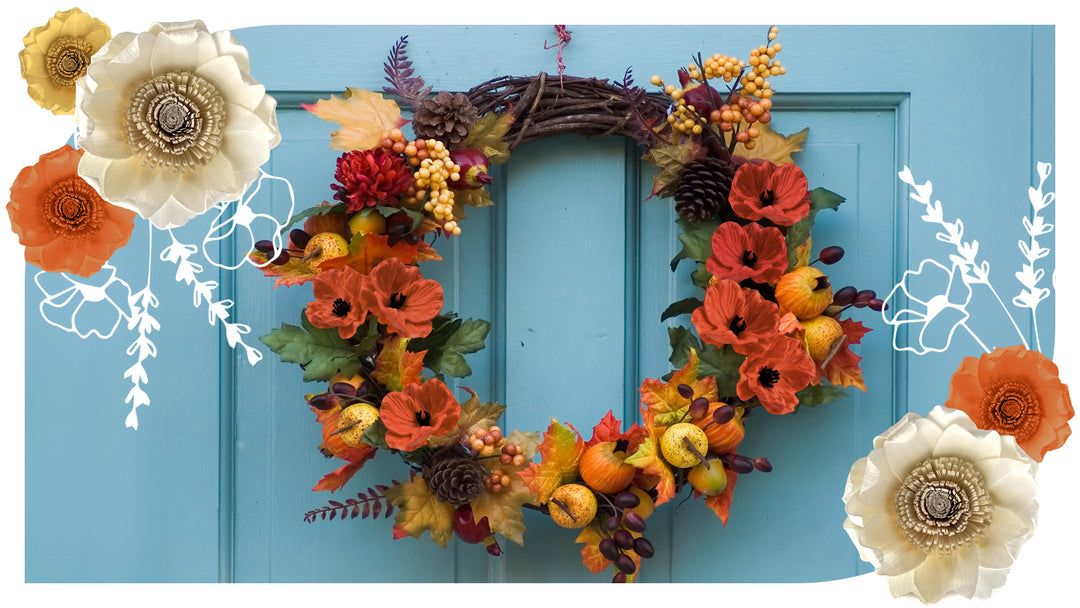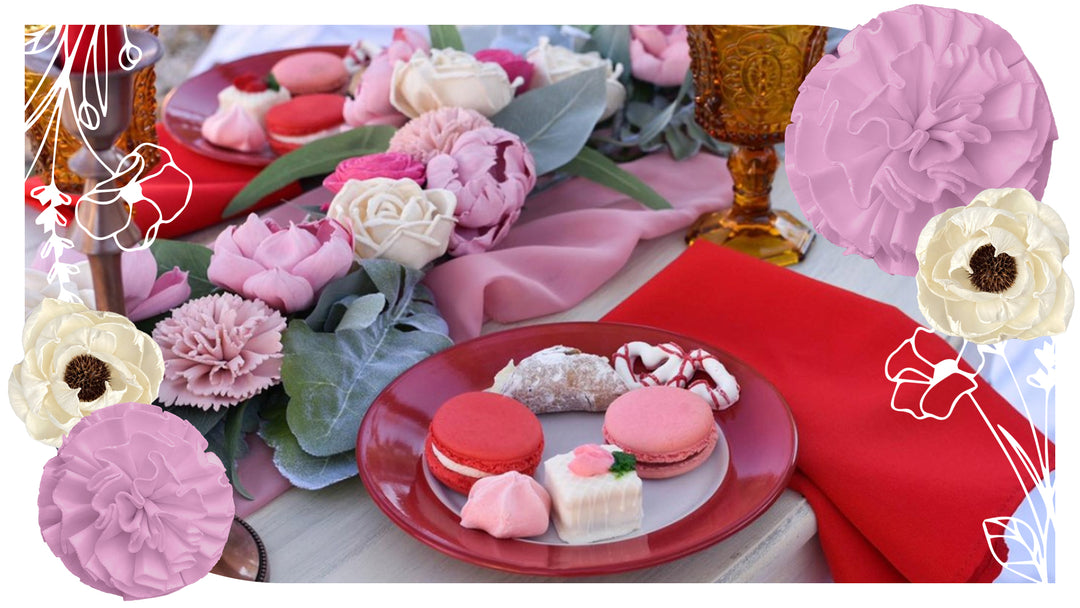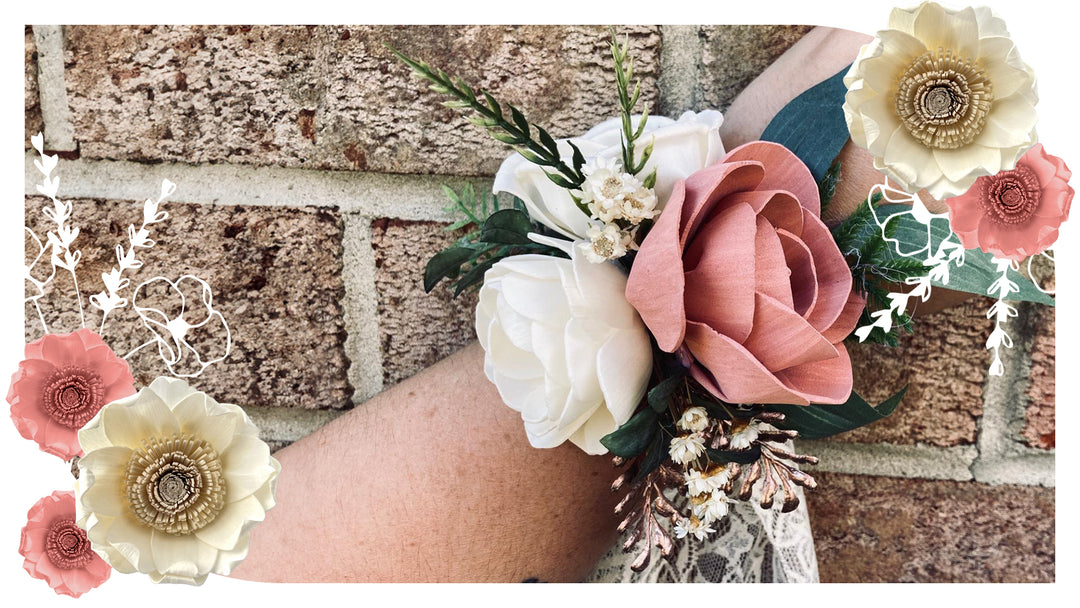What Are Sola Flowers Made Of?
The demand for artificial plants and flowers is flourishing right now. In fact, the market is projected to grow by well over $370 million in the next five years. They're in everything from adorning bridal bouquets to decorating homes, offices, and shops.
However, many faux plants are crafted from non-biodegradable plastic. Not so with sola flowers. Instead, these pretty petalled posies are made from a natural, sustainably harvested material that grows out of the ground just like real flora.
Read on to discover the answer to the intriguing question, "What are sola flowers made of?
What Exactly Is Sola Wood?
That one-of-a-kind sola bouquet you just crafted might not be made of real flowers, but it is made of an actual plant! And that plant is called the sola, or shola, plant–better known to botanists by its Latin name, Aeschynomene Aspera.
Given the delicate look of sola flowers, you might be mistaken in thinking sola flowers are made from the leaves of the sola plant. In fact, makers use the inside of the sola plant's stem. But more on that later.
Buyer beware! Some sources might state that sola flowers are made of balsa wood, tapioca, or cassava. But these aren't considered authentic sola materials by true sola flower aficionados.
Sola flowers made of other materials won't last as long, hold color, or be as pliable and delicate as sola flowers made from the sola plant.
Where Does the Sola Plant Grow?
The sola plant is native to many countries in the South and Southeast Asian regions. Their habitat ranges from alpine Bhutan and sprawling India right down to Indonesia.
People have taken advantage of the plant's decorative qualities for centuries in these countries, making everything from art paper crafts to offerings for religious festivals. In India and other parts of the eastern British Empire, colonists wore sola topis, a sun-shielding helmet made from sola plant pith.
It thrives in wetland areas, and the edges of swamps, lagoons, marshes, and lakes and will happily grow at elevations up to 1,300 meters. Outside of decorative sola flower options, agriculturalists use the plant to fix nitrogen in the soil and as green manure.
How Is Sola Wood Harvested?
In their natural habitat, sola plants grow exceptionally quickly. So fast, in fact, that they're considered a renewable resource. This–coupled with the fact that the material is both biodegradable or long-lasting, depending on how you take care of it–makes sola flowers an eco-friendly alternative to plastic or even real flowers.
To harvest sola wood for decorative use, practitioners peel the bark from the plant's stem, revealing the ivory-colored, cork-like wood inside. This is often mistaken for a pith, but it's actually classified as wood. It's one of the world's lightest timbers and feels somewhat similar to the balsa wood commonly used in model making.
The softwood is transformed into thin sheets of material, then hand-cut into petals for sola wood flowers.
How Do You Prepare Sola Flowers?
If you're passionate about working with handmade flowers, you'll know sola wood needs softening before it can be manipulated or dyed.
If you try to color your flowers with paint and water, you'll end up with brittle blooms. People soften their sola flowers using glycerin.
Pre-Treatment Method
You'll need to prepare two different solutions for this method: a wood dye and glycerin.
Create your dye by mixing it with water. The ratio of dye solution to water depends on how bright you want the color. Check out these 2 videos on how to use glycerin. (Video 1 & Video 2)
Once you've prepared these solutions, it's time to get started! Dip your flower into glycerin and let it drip. You can choose whether you want to let it dry before dying or not, but dried flowers usually take up more color.
After the flowers have dried for 12 to 24 hours, you can dye them.
All-in-One Method Treatment Method
In this method, you mix your dye first, then add glycerin directly to the dye liquid. This process is much quicker because you don't need to wait for glycerin to dry before dying your flowers.
Pour the dye-glycerin mixture into a large, wide-brimmed bowl. Then simply dip your sola wood flowers into the liquid and take them out once they've absorbed the dye completely. Don a pair of plastic gloves before you try to manipulate the shape of the petals.
Use this method when you want to dye a large batch of flowers all one color–especially if you're making pastel flowers. If you're trying to create vibrantly colored flowers, it's better to use the pre-treatment method.
How Do You Care for Sola Wood Flowers?
One of the appeals of sola flowers is that they last forever–but only if you treat them with care. While they're obviously much tougher than real flowers, they're still delicate objects and will get damaged if you handle them roughly.
If you want to store your sola wood flowers, keep them in a breathable container in a dry, dark place. Add a packet of moisture-absorbing crystals to the container if you're concerned about humidity. You can also display them in a vase or other decorative vessel, so long as you keep them away from direct sunlight.
What Are Sola Flowers Made Of? Now You Know!
Do you specialize in wedding planning? Are you a sola flower hobbyist? Perhaps you sell custom home decor products made of sola wood.
If this is you, you've probably asked yourself, "What are sola flowers made of?" on many occasions. Whatever the reason you love sola flowers, you can rest assured you're working with a natural, sustainable material that's as eco-friendly as it is beautiful. Plus, because a sola bouquet lasts forever, it's more cost-effective than real flowers.
Shop our sola wood flowers today. Luv Sola Flowers has traditional and contemporary options and is continually launching new compelling collections.






Leave a comment